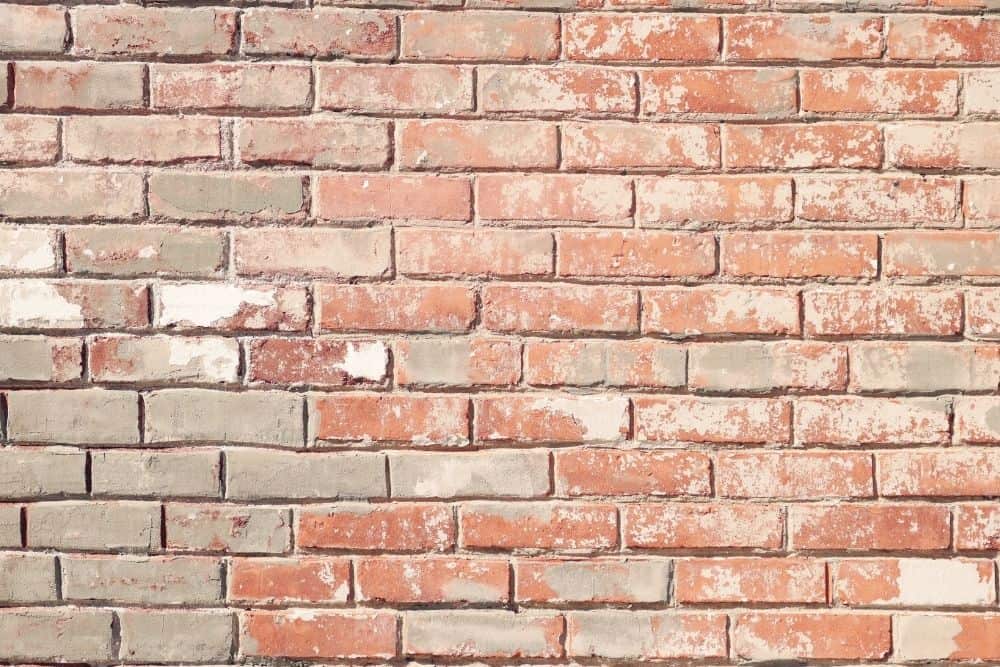Considerations to Make When Rendering a Brick Home
Rendering is a technique that has been applied in most brick homes across Australia for many years now. It’s a great technique for transforming the look of an outdated or dull home. However, you need to know whether it’s the right technique for you. There’re certain factors you should consider before rendering brick walls including:

-
Will rendering increase the value of my home?
Most homeowners assume that home rendering Sydney will automatically increase its value. However, this is not always the case. Rendering is often expensive. If you render your entire home, the money spent may be too much to add much value.
First, check the cost of rendering your home and consider alternative techniques of increasing its value. For instance, tidying your garden or painting your trim may be enough to increase your home’s value.
Also, consider applying render partially rather than on your entire home. Partial rendering will cost you less than full rendering. It can give your brick house an enhanced look and improve its value.
-
What kind of render material should I use?
Once you get quotes from different rendering experts, you’ll discover there’re several kinds of render materials available. Learn more about different render materials to know the best one for your home. You can choose from render materials such as cement, acrylic, and polystyrene. Once you know more about them, you can go ahead to get a quote based on the chosen render material.
-
Is rendering a DIY job?
You can purchase rendering supplies from local hardware stores. The render products will come with instructions on how to use them. However, applying render appropriately requires a lot of practice. Thus, if you prefer doing the work by yourself, you might not like the results. As such, start with rendering areas that don’t face the street. Start with a smaller area that doesn’t have a lot of visual impact on your home.
You should apply the render material smoothly. Also, you should apply it quickly as it tends to dry quickly once mixed. Also, you may have to apply another coat over the first one. The topcoat can be textured or smooth. As you practice rendering smaller areas, you’ll gain the confidence to achieve an even and well-finished render surface.
-
Which rendering service do I choose?
Reputable renderers want to maintain a good name by offering better render finishes and textures than their main competitors. When comparing quotes from different renderers, check their previous work examples and choose the service that has the potential to apply the finish you want.
It’s also important to ensure a potential renderer tells you everything regarding their services. A reputable renderer won’t attempt to cut corners. For instance, you may opt to save some money by applying one render coating but the results might not be great. A professional renderer should advise you about the number of coats to apply for the best finish.
-
What else should I consider?
You can enhance the look of your house by rendering it. However, there may be a lot more you should do apart from rendering. For instance, consider the color that complements the roof or whether you should replace the roof. Think about whether painting your trim will help. Also, think about whether combining your preferred render material with another type of material can make your house look better. You can also think about landscaping.
Always think about the overall appearance of your home before starting a rendering project. Once you’ve made the necessary renovations, repairs, or improvements, then you can render the walls to match everything else.
Related Articles
Applications of Cement Render for Your House
Factors to Consider When Deciding which Type of Render Should be Used
